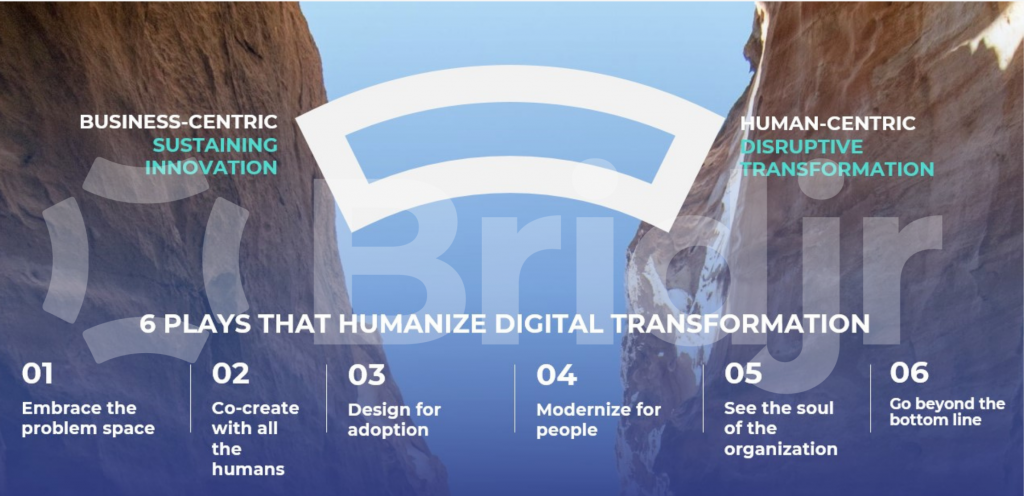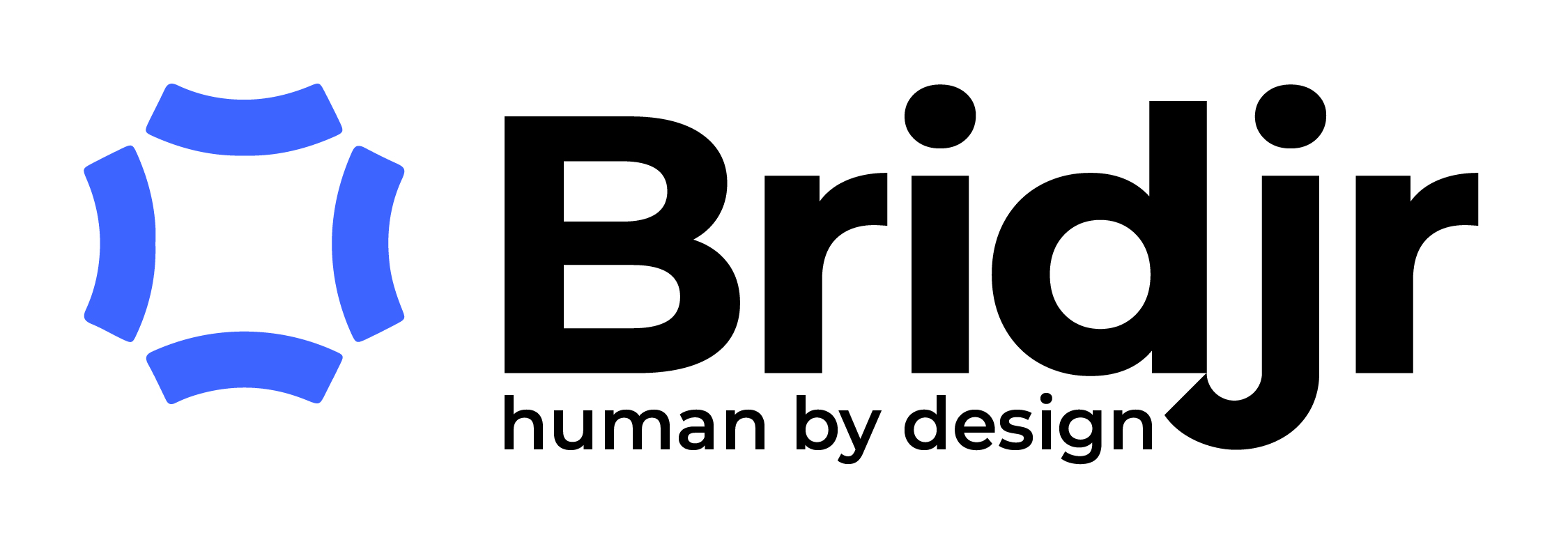Anita Ghosh’s keynote from the MPC21 conference was a highlight for attendees. Here, we’ve posted her presentation, highlighted the juicy bits, including audience feedback.
Watch the keynote
Missed seeing it live? No worries.
Participant insights
In a post on LinkedIn, attendee Deborah Reuben summed the keynote up for us. Cheers Deborah!
“So many fabulous insights from Anita Ghosh @ MPC Digital Commerce Event
A Few KEY POINTS:
- In a world hyperconnected through technology, people crave authentic connection.
- Human centered design has to be a big part of how you shape your products and services for the future
- #transformation is typically slowed because of lack of TRUST, not technology
- The top five biggest bank transformation risk and “derailers” are PEOPLE focused. 42% of digital solutions focus on TECH and UNDERSERVE the HUMAN experience.
SOLUTIONS involve self-disrupting your internal limiting patterns for long-term survival:
- Don’t rush to solutions – slow down and EMBRACE the problem space.
- Co-create with all the humans, customers AND employees (disrupt traditional customer research to validate hypothesis). In CX Journey work – pay attention to PEAK and END
- Plan for adoption and embedding (disrupt activity-based implementation as measure of success, iterative co-design)
- Modernize for people inside out and outside in (disrupt tendency to innovate from the center – where it’s most stable – go to edges”

Six plays for human-centered transformation
This is the juiciest bit of Anita’s presentation, IMHO. To put human-centered transformation into practice, organizations must self-disrupt their internal limiting patterns. These are the keys to success. Check them out:
- Embrace the problem space
Disrupt the pattern: Rushing to the solution
Take key actions:
- Spend more time in the problem space with customers and employees
- Apply the balanced breakthrough assessment before starting work on the solution
- Co-create with all the humans
Disrupt the pattern: Using traditional customer research to validate hypotheses
Take key actions:
- Co-create with customers and employees
- Apply human-centered design research
- Focus on the moments that matter
- Plan for adoption and imbedding
Disrupt the patterns:
- Activity-based implementation as a measure of transformation success
- Using internal testing for bugs and fix remediation
Take key actions:
- Iteratively co-design with employees, focus on the overall user experience
- Develop maturity maps
- Modernize for people inside out and outside in
Disrupt the pattern:
- Disproportionately innovating from the center where it’s most stable – sustaining innovation
Take key actions:
- Embrace all the edges
- Customer edges: Beyond the edge of what you do today
- Cultural edges: shift toward experimentation over stability
- See the soul of the organization
Disrupt the pattern:
- Ignoring the “elephant in the room” — the organizational response to change
- Define the Third Entity of the organization and take action to drive behavioral change
Take key actions:
- Acknowledge the hidden dynamics and edges that teams are crossing
- Define the Third Entity of the organization and take action to drive behavioral change
- Go beyond the bottom line
Disrupt the pattern:
- Measuring value through final outcome-based metrics, typically focused on business measures of success
Take key actions:
- Capture full value beyond the business-as-usual business case metrics
- Establish behavioral metrics to measure progress along the way

